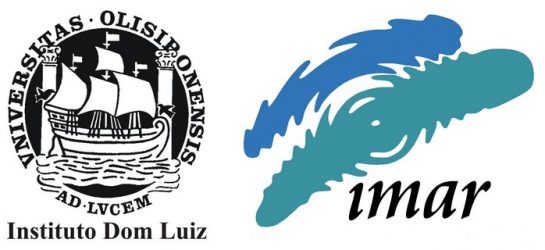Tarefa 3: Estimativa de taxas de vocalização
Estimation of context-specific vocalization rates
This task will analyse data obtained in Tasks 1 and 2 to determine the most important sources of variability in fin whale vocal behaviour, estimate context-specific vocalization rates (i.e. number of calls per unit time) and calculate the relationship between whale density (number of whales present in the area) and call density (total number of calls recorded). Conversion of sound density into animal density requires estimation of the average sound production rate by individual whales, which may vary depending on the sex, behavioural context, and other factors (Marques et al., 2013). The dataset of synchronized visual and acoustic detections will be used to calculate vocalization rates of fin whales and investigate how they vary over the year and with whale?s behaviour. Vocalization rates will be calculated from periods of time when focal animals are visually confirmed within the detectable range of the hydrophones (calculated in Task 5). Data from the acoustic recording tags will be used to complement information on vocalization rates since they allow the attribution of calls to the tagged animal (Goldbogen et al., 2014). In addition, the dataset of combined visual and acoustic detections will be used to investigate if calling rates or proportion of time with calls present is positively correlated with fin whale abundance (Marques et al., 2013). Molecular sexing of whales sampled in the proximity of the acoustic recorders and localized acoustically and of whales instrumented with tags will enable identifying sex-specific calls and calling patterns. Finally, data from acoustic recording tags will be used to investigate diel differences in calling activity.
This task will provide novel information on the vocal behaviour of fin whales in the form of:
1) Estimates of vocalization rates for male and female fin whales engaged in different activities (foraging, travelling, resting)
2) Estimates of vocalization rates of fin whales for different seasons
3) Estimates of vocalization rates of fin whales for day/night periods
4) Estimates of the relationship between whale density and call density
IMAR and IDL will be involved in data processing and analysis. One Research Fellowship (BI) will assist with data analysis of visual-acoustic observations. Expenses include office consumables.

